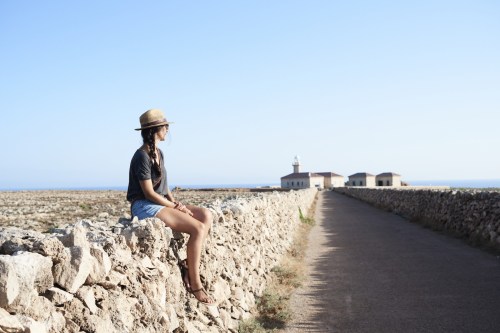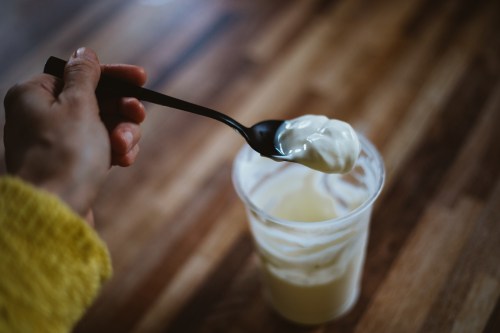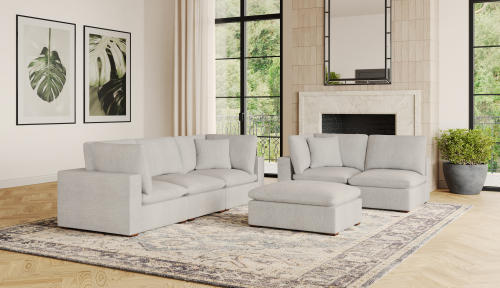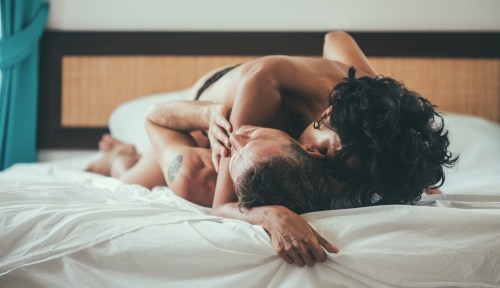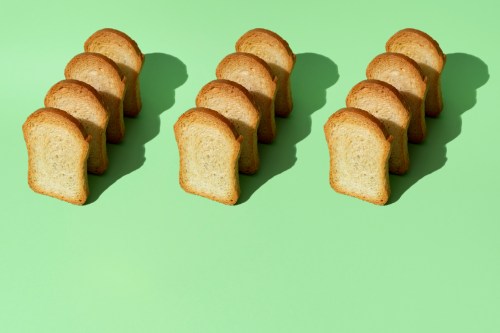Our editors independently select these products. Making a purchase through our links may earn Well+Good a commission
If there’s a time of year when my feet could be considered “cute,” summer certainly isn’t it. From sweatier-than-usual outdoor runs to stuffing my toes into strappy sandals and beyond-filthy sneakers, one thing’s for sure—I will never, ever be a foot model. And I’ve made my peace with that. They are attached to my body, though, so I asked two leading podiatrist how to keep gross feet from becoming an emergency situation.
“Sandal season signifies pedicures, foot beauty, and freedom to toes and feet. However, with that freedom comes a few cautions,” says Doug Tumen, DPM, FACFAS, a board-certified podiatrist based in New York’s Hudson Valley. According to Dr. Tumen, podiatrists’ offices usually receive an influx of patients in the months leading up to Labor Day—and most of those cases are due to either sandals, or summer beauty faux pas. So for the sake of all 10 toes (and all those who spend time in close proximity to them), please tune in for the following podiatrist PSA.
Podiatrists explain how to avoid gross feet throughout sandal season
1. Be selective with your summer shoe selection
Believe me, I understand the draw of the flat-as-a-pancake sandals on clearance at Target. But podiatrists are begging (begging!) you to consider your soles before spending eight straight hours in shoes with lousy support. “Not all summer sandals offer good support. Many are thin-soled, flat and too flexible. Flip flops lead the list as the most common cause of summer foot pain. A good, supportive sandal, should have a thick firm sole and incorporate arch support and cushioning,” says Dr. Tumen.
So be picky! Next time you’re shopping, keep your eye out for one of these five pairs foot doctors recommend to their patients.
2. Rotate your footwear
“Footwear rotation is important for everyone,” explains Miguel Cunha, DPM, founder of Gotham Footcare in New York City. “Shoes need to air out in order to stop the breeding of bacteria and fungus to protect the health of your feet and also the durability of the shoe.” So rock your platform sneakers one day, Birks the next, and so on and so forth.
In between wears, Dr. Cunha recommends spritzing your shoes with Lysol to kill off any lingering germs.
3. Save barefoot walking for the beach
Even though strutting around sans shoes is a luxury of the warmer months, your feet don’t love the feeling of hitting the bare ground, argues Dr. Cunha. “Walking barefoot on hard surfaces allows our foot to collapse, which can lead to a tremendous amount of stress not only to the foot but to the rest of the body,” he says. “Our feet naturally pronate [turn to the inside edge] during the gait cycle. When we walk barefoot, we pronate for a longer period of time which then alters the biomechanics and distribution of pressure and weight across the foot.”
In short, you create an imbalance at the base of your body that can really fork up your knees and back, too. Plus, if you’re nixing shower shoes at the gym, you’re basically asking for foot fungus. Hey, just dolling out tough love here.
4. Change your socks often (like, maybe more than once a day)
“Socks should be changed regularly to avoid unpleasant smells and athlete’s foot (a fungal infection). Fungus loves warm, damp and dark environments, which makes your socks the ideal breeding place,” warns Dr. Cunha. In the winter, you can (maybe?) get away with swapping your socks at the same frequency as you swap your sheets, but NOT in mid-July. You should be going through at least one pair a day, and stripping out of the extra-sweaty once you wore to spinning class as fast as possible.
5. Check up on your feet every once and a while
I know that ogling your feet doesn’t seem like the most scintillating pastime, but sneaking a peek every once in a while will clue you in on their overall health and hygiene. “Pay attention to the color of your toenails, the quality of the skin around your heels, and any changes to the shape of the foot,” Dr. Cunha advises. “For example, yellow or brown and thickened nails are signs of fungal nails that can be easily treated by a podiatrist.”
Hopefully, you weren’t eating while reading that last bit. But you get the picture: your feet are very, very important. And they deserve a self-care checklist all their own.
How to identify every foot problem on the spot, because cracked heels are honestly the worst.
Sign Up for Our Daily Newsletter
Get all the latest in wellness, trends, food, fitness, beauty, and more delivered right to your inbox.
Got it, you've been added to our email list.
